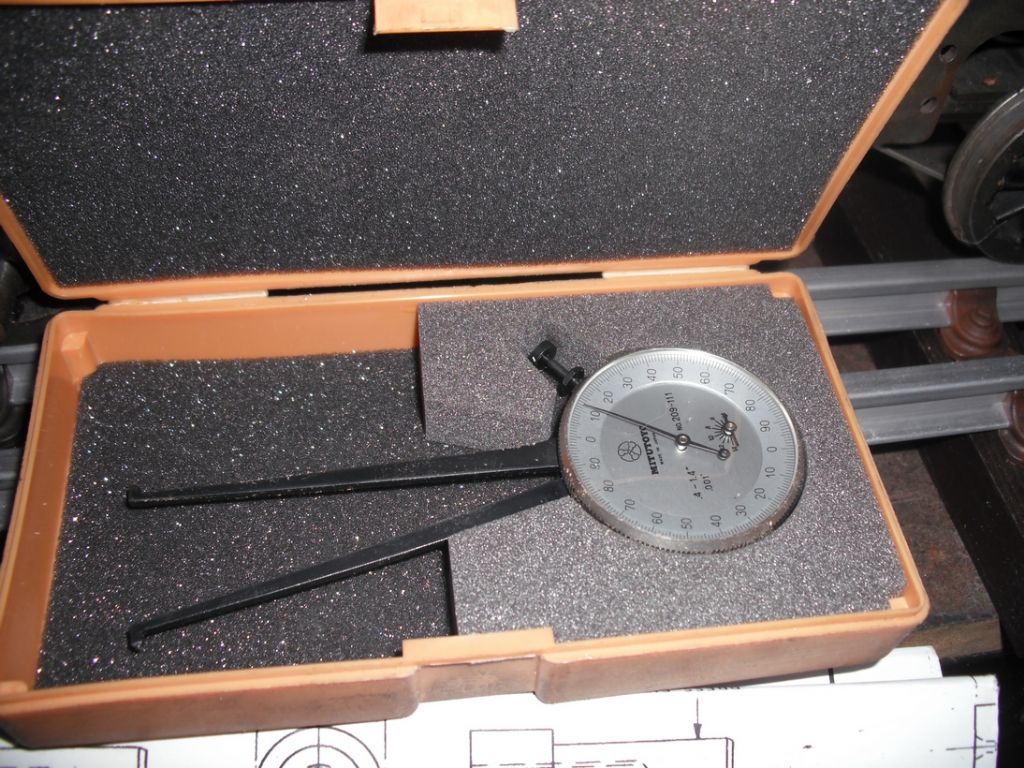Suggest use a HSS toolbit ground to form a boring tool,tools ground in this manner always perform better than preformed HSS tools, I would not use carbide, don't use a high turning speed,use a similar speed to machining mild steel i.e. around 400 /500 rpm.ensure the cutting edge is sharp and honed,and there is enough clearance on the tool to avoid rubbing. Regarding the scrappers why not bore them larger i.e. around 13 mm and fit a brass or steel thin wall bush and secure with high strength Loctite, For years I preferred mechanical means to secure bushes etc but have found that high strength Loctite performs very well provided the bonded areas are very clean. Bore measurement is difficult, I have a set of M & W small hole gauges,which are quite good ,they have a long stalk which contains two steel balls diametrically opposed which expand outwards, I have telescope gauges both M & W and mitutoyo, the former have a better feel. though for the best accuracy I prefer to use the jaws of my Etalon vernier,this is an old style vernier with rounded jaws,not knife edge. slide the jaws in the hole,use the screw adjustment to get the jaws to slide in the hole and then lock the jaws,then measure over the jaws with a micrometer,by using the one measuring tool to measure the OD of the bearing and the hole there is less error. I have found that the tele gauge is slightly better for running fits and the vernier for tight or press fits as any slight error makes the running fit slacker and the press fit tighter ,as the whole process relies on the feel of the operator. The use of plug gauges is the older method and is cheap it again relies on" feel " and of course the depth of cut to get the required fit is guess work ,unless the stepped type gauge is used.. Of course there is the other method why to loctite the bearing in place,I believe that the tight limits for the bearings does give the best performance,but if these limits cannot be achieved then bond them in.
RRMBK.





